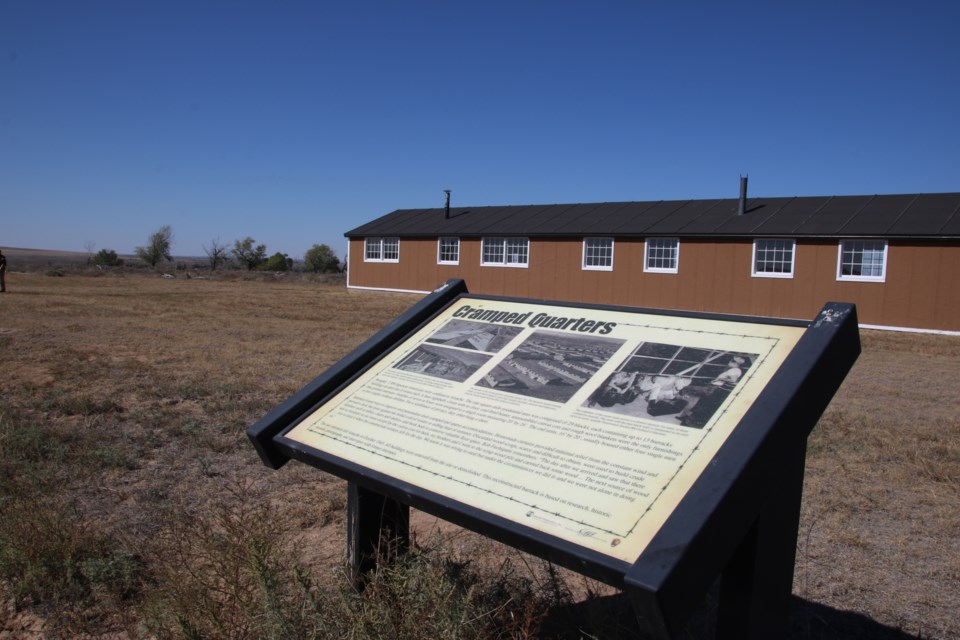Amache, a former Japanese incarceration camp in Colorado, is now officially part of the National Park system.
The site was listed on the National Register of Historic Places in 1994, and later named a National Historic Landmark in 2006. President Joe Biden signed the Amache National Historic Site Act in 2022, pushing the site even further to National Park status.
But the land still had to be transferred by the town of Granada before it could be official. Without that piece, no federal funding could be put into the site.
“As a nation, we must face the wrongs of our past in order to build a more just and equitable future,” said Deb Haaland, the Secretary of the Interior, in a press release. “Today’s establishment of the Amache National Historic Site will help preserve and honor this important and painful chapter in our nation’s story for future generations.”
Before becoming part of the National Park system, a local history teacher—John Hopper—recruited some of his high school students to create a museum for the site and collect heirlooms from survivors to display.
"I think without them, there would not be Amache as a national park," Carlene Tinker, an Amache survivor, said. "I really feel that way."
Many survivors like Tinker have fought for greater recognition of the site for their whole lives. She was three years old when she was forced to live at the camp.
"My first reaction was finally, okay, finally," she said. "It's a very proud moment. I'm thinking about all the people who endured the incarceration experience, and that finally their story is being told."

Gary Ono
The mess halls at Amache caused a breakdown of the traditional Japanese family structure. Instead of an intimate family meal, everyone at the camp was crammed together in one room to eat together.
At its peak, Amache — also known as the Granada Relocation Center — housed more than 7,000 Japanese-Americans during the 1940s. They were forced to live behind barbed wire in poorly-insulated rooms. This was one of ten other Japanese internment camps that existed during World War II, with some being located in the Mountain West.
Mitch Homma’s grandparents and their kids were also imprisoned at the camp. He wishes more of his relatives were alive to see this historical moment.
"My dad's older sister just passed away last Monday," he said. "She was hoping she was gonna be around and see it come to fruition and stuff. But, you know, we got it done.”
The camp served meals that were different than what they were used to — eggs, potatoes and hot dogs, to name a few. Homma's dad died at the camp after not eating the food. He reflected on what his dad would have said about the news.
“I think he would have been totally surprised," he said. "The one statement he said back then was, 'They didn't care about us in 1942, and I don't think enough people care about us now," he said, getting emotional. "And now it's happening and, you know, it’s pretty special.”
Some survivors, like Gary Ono, are happy that younger people are taking an interest in the park before he and many others pass away.
"I just turned 84 last week, so I know that I feel my mortality," he said. "As we all pass on, we just hope that our history will continue. So just having Amache as a National Park Service site will help to preserve and keep telling the story."
Amache is open to the public now, and will start to undergo some improvements of transforming the signage and working on the roads. There will be an official ribbon cutting ceremony on May 17th.
To read more about the history of Amache and those that survived the experience, visit our 2022 series Saving Amache. https://www.kunc.org/saving-amache-the-community-effort-to-preserve-a-bitter-history

.jpg;w=120;h=80;mode=crop)

